Rows are a basic and hugely important exercise for almost everyone. In today’s world of long hours spent hunched over computers, Ipads, cell phones, Nooks, and so forth our posture suffers greatly. Strengthening the muscles of your back in order to restore and maintain good posture is critical. It is also an exercise that I see being performed incorrectly far more often than not. Here are some tips to get the most out of it.
Related: Why You Should Train Your Back Muscles More
For this post I am going to look primarily at the seated row. Most of the rules in the seated position remain the same for other variations such as standing or bent over.
The key is to assume good posture from the outset. As you can see in the image the upper body should be upright. You should be able to draw a straight line from the ear, to the shoulder, to the hip. Your hips should also be at approximately a 90 degree angle (depending on the height of the bench). Notice that my feet are placed on the floor here. This is a good rule to follow for foot placement because often, the established foot brace on machines is too high. For most people, if the feet are up too high the hips are pulled out of alignment.
Three Common Row Mistakes
1. Forward Head Posture
Forward head posture is the drifting of the head in front of the shoulders. As you can see, there is no longer a straight line from the ear, to the shoulder, to the hip. With the head pulled forward there is extra strain on the neck and back. This also prevents the proper movement at the chest, which needs to lift up and outward in order to allow for the proper row. (See The Sternoclavicular Joint) Make sure to keep the head back as pictured above.
2. Shrugging
Most individuals have over-active upper traps. This is largely a stress reflex that becomes automatic and tough to control. This leads to a lot of the chronic neck stiffness and pain that people experience in everyday life. When rowing, ensure that you pull your shoulders down, away from your ears. This takes the tension off of the upper neck and back and allows for proper movement at the shoulder blades.
3. The Head Forward Shoulder Shrug Death Combo
This is almost too horrible to speak of. In this case the neck is strained, the shoulder blades are out of position, and the shoulder joint and capsule are being excessively stressed. Just don’t do it.
Conclusion
Many people who have chronic neck and back pain also have poor posture and it is the poor posture that feeds a lot of the discomfort. The muscles on the front of the body, i.e. the chest and shoulder musculature, become stiff and short. The muscles of the back including the traps, rhomboids, erector spinae, and a few others become lengthened and placed under tension. This becomes uncomfortable and places excessive load on the shoulders and the upper spine. Often, people attempt to loosen the muscles of their back and neck through stretching and/or massage, but this will only bring temporary relief and will not correct the underlying issue. The muscles that actually need the most loosening are on the front of the body. The muscles on the back need to be strengthened and returned to a normal length.
All of this can only be achieved if proper form is maintained so avoid the common mistakes and focus on yoru posture. For more on good form read the following:
Retraction, Protraction, Depression, Elevation
http://www.dothemovement.com/2013/04/15/the-sternoclavicular-joint/
UTMOST
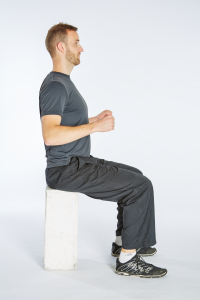
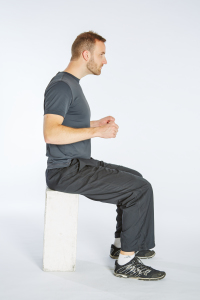
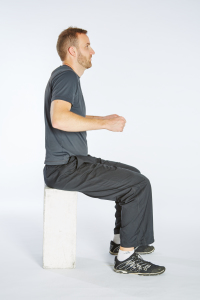
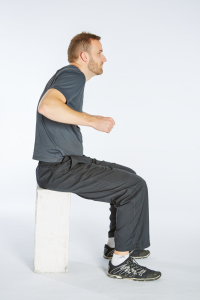

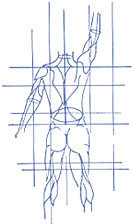
Pingback: Retraction, Protraction, Elevation, Depression, And Scapulohumeral Rhythm - do the movement October 8, 2015
[…] The second thing is to learn about how you should be moving when doing your favorite exercises. (example) Finally, if dysfunction is there, you’ll need a strategy to fix it. Massage, foam rolling, […]
Pingback: Three Quick Tips for Healthier Shoulders - do the movement November 3, 2015
[…] Rows- Three Mistakes to Avoid […]
Pingback: Shoulder Health - Three Quick Tips - do the movement February 18, 2016
[…] Rows- Three Mistakes to Avoid […]